 Dinder Park
Dinder Park  Home
Home
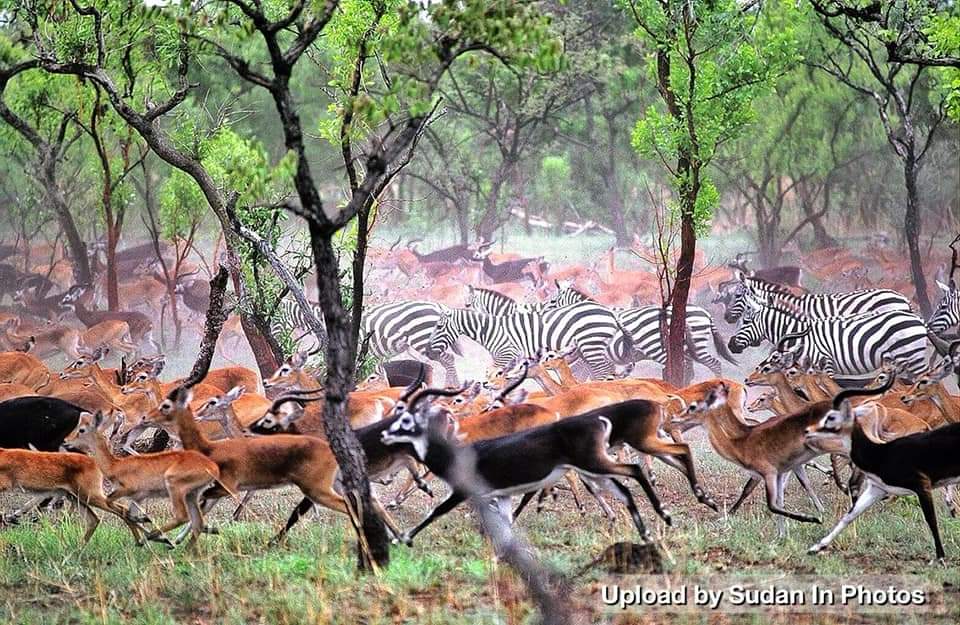
Dinder Park
The park, which has the name of the city of Dinder in Sinnar State, is located on land that is estimated to be 10,000 square kilometers. It is a natural reserve near the southern border of Sudan, on the outskirts of Ethiopia. It is known for its enormous biodiversity of wild animals and birds, with more than 40 different species of animals and 260 different species of birds, including ostriches, ospreys, and rare varieties of falcons of prey. Wood cranes, black-and-white pelicans, hyenas, rhinos, elephants, and African buffalo. Reedbuck, moose, waterbuck, monkeys, deer, and other small creatures are also a part of it.
 Sudan has many tourist destinations
Sudan has many tourist destinations  Home
Home
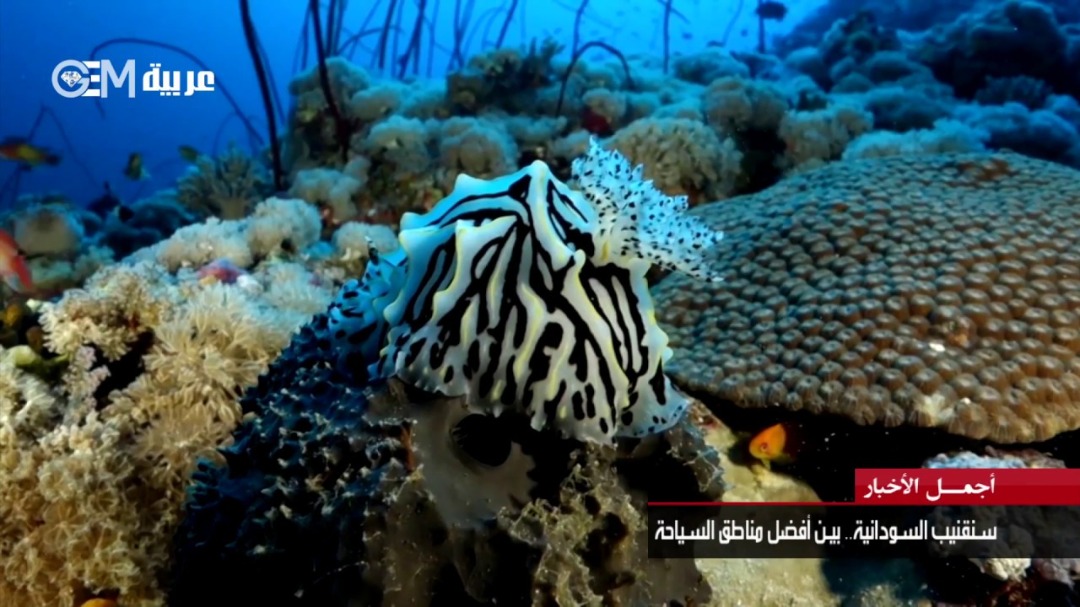 Sanganib
Sanganib
It is located in Sudanese territorial waters in the Red Sea, near to the city of Port Sudan. It is one of the most significant marine tourist sites in the world and a popular destination for divers. It is distinguished by an attractive biodiversity and is home to 124 species and hundreds of vibrant coral reefs. The Red Sea's lone island is this one. The island is also home to a variety of fish, including sharks, octopuses, dolphins, rare whales, and sea turtles. It has algae that are red, green, milky, and blue-green in color. The island, which has three lakes, is a good travel location for people studying fish and marine science worldwide.
 Nubia Monuments
Nubia Monuments  Home
Home

Nubia Monuments
Pyramids and temples from the Nubian civilization can be found in the middle of the soft northern desert to the borders of Egypt, including the kingdoms of Meroe, Napata, and Kerma on the eastern bank of the Nile, between the Fifth Cataract and the Sixth Cataract. The pyramids contain the remains of kings, princes, and nobles who ruled Nubia throughout history, as well as ancient palaces like the temples of the gods Amun and Isis, as well as the Sun Temple. There are two tourist towns around the site in Al-Bajrawiya, as well as a small local market known for its historical products, where visitors can go camel riding and play traditional instruments.
 Al-Naga’a
Al-Naga’a  Home
Home
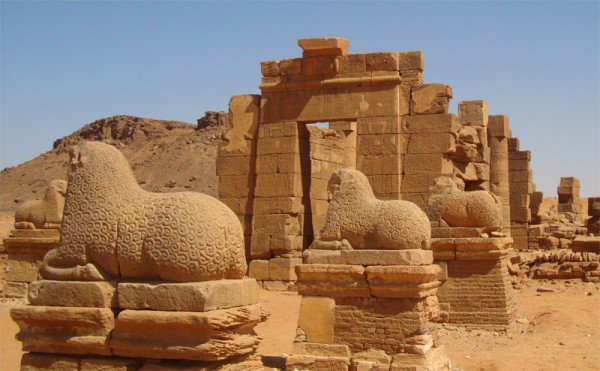
Al-Naga’a
It is an ancient archaeological city in Sudan. It is located 150 kilometers north of Khartoum and was once one of the cities of the Kushite Kingdom of Meroe. The fourth century BC and the fourth century after that are represented by temples. Due to the presence of a residential city, the Temple of Amun, the Temple of the Lion, the Roman Temple, and the Temple of Queen Shankerkhet, it is regarded as one of Africa's most significant cultural centers. It includes an obelisk made of the most exquisite Meroitic artwork, the writing on which is in the Meroitic language, the code of which is still a challenge for scholars. Additionally, it has the temple of Abadamak, the god of war, who served as a sacred protector for kings, princes, and other leaders, particularly the dead. Those who venture near their graves will incur Abadamak's curse. The Roman temple is a modest temple with features that unmistakably connect it to the Hellenistic culture. It has a Pharaonic-style entrance, its top is decorated with flowers, and Roman-style arched windows. It was made to be used in Hathor worship.
 Karma city
Karma city  Home
Home

Karma city
It is one of the oldest ancient cities, with a history spanning over 9,000 years, and is known by the Nubian name Dakki Qil, which translates to "the Red Plateau." This city, which is in Sudan's northern state, served as the Kushites' capital. The eastern and western tambours of the city, which are the remnants of an old building or castle, are known to be the ruins of the Nubian civilization, which was subject to the Egyptian conquest of northern Sudan. These structures are ranked among Sudan's most significant structures as well as the most notable Kushite-era landmarks. The name Daki Qil was derived from the remains of the red pottery molds that were used to make the bread served in religious mass, which was then broken to leave the scene of a red-coloured plateau, a site shared by the Egyptian pharaohs and the kings of Nubia, and preserved features that are the remains of the Egyptian conquest of northern Sudan. It contains urban landmarks that highlight the strength and greatness of the Nubian civilization during the era of the Kingdom of Kerma. The site reflects important monuments to Egyptian civilization, as all the pharaohs of the 18th Dynasty (1480 BC, 1200 BC) are represented in this site, such as Tutmuzid, Amenophis, Akhenaten, and Queen Hatshepsut.
 Jebel Marra (Marra Mountain)
Jebel Marra (Marra Mountain)  Home
Home
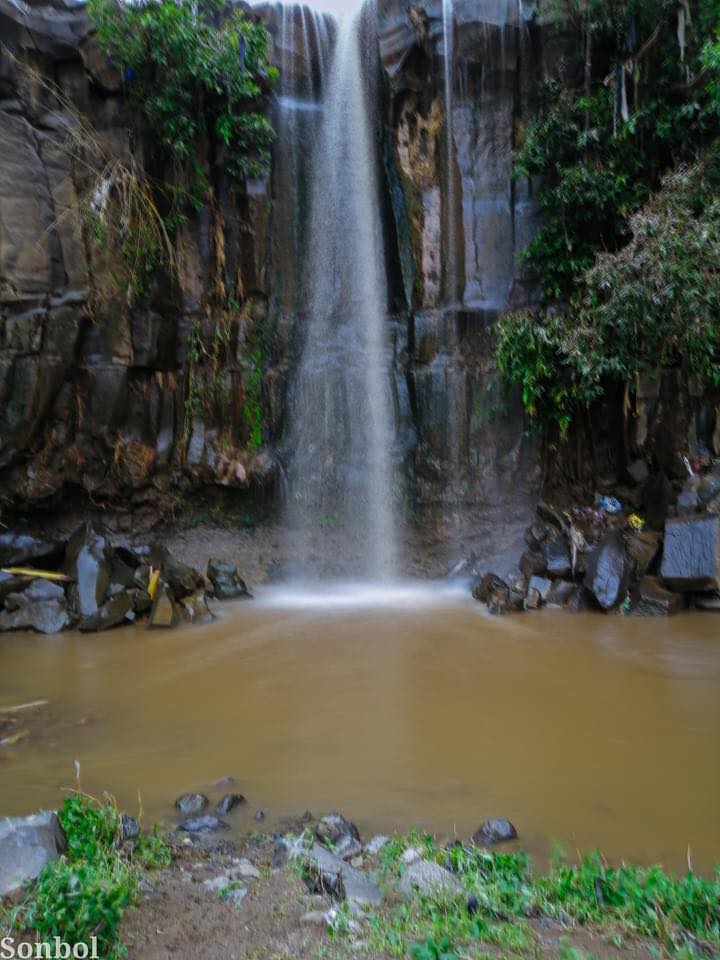
Jebel Marra (Marra Mountain)
The second highest peak in Sudan, Jebel Marra, is 10 feet above sea level and is located in West Darfur State. It is a volcanic mountain with a gradual rise and multiple peaks and elevations, and there are many volcanic lakes on its peaks as a result of the filling of dormant craters with rain water over millions of years. As a result, these lakes leak water through the volcanic rocks, and some waterfalls, like the Qalul Waterfall, flow from these lakes. It enjoys the Mediterranean climate, and has several types of plants that are unique internationally, in addition to large collections of rare and domestic animals. It is dotted with villages with Qatati, that is, short, circular houses built at the bottom of stone and at the top of straw, in a circular pyramid shape up to the top. This mountain is a tourist attraction for many visitors, but the war in the Darfur region has been an opponent to it as a tourist destination for 12 years.
 Tourism in Sudan
Tourism in Sudan  Home
Home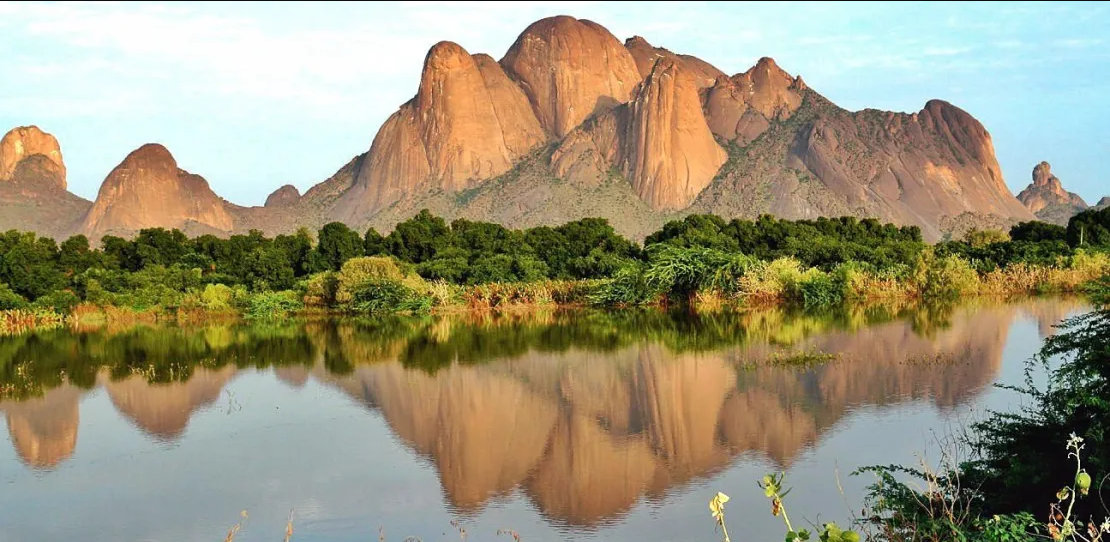
 Dinder Park
Dinder Park  Home
Home 
 Sudan has many tourist destinations
Sudan has many tourist destinations  Home
Home 
 Nubia Monuments
Nubia Monuments  Home
Home
 Al-Naga’a
Al-Naga’a  Home
Home
 Karma city
Karma city  Home
Home
 Jebel Marra (Marra Mountain)
Jebel Marra (Marra Mountain)  Home
Home 